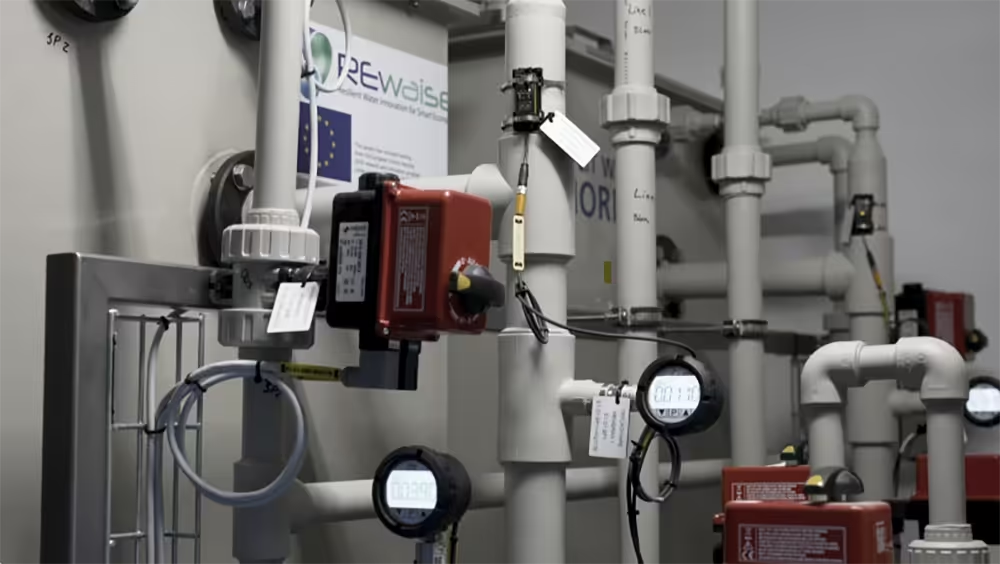VA Syd, one of Sweden's largest water and wastewater utilities, wanted to explore how lessons from the energy sector could be applied to water. Like other infrastructure sectors, water investments are driven by peak demand. Morning and evening peaks place significant strain on capacity, and costs are currently spread evenly across customers through standard tariffs.
The assignment was to develop concepts and ideas for how VA Syd could use data-based, differentiated pricing models to reflect true costs and encourage more sustainable usage.
Drawing inspiration from time-of-use tariffs in energy, the project showed how time-differentiated pricing could help flatten water demand curves. By charging more during high-use periods and less during off-peak times, VA Syd could both reduce the need for costly capacity expansions and give customers financial incentives to adjust consumption patterns. This opened the door to a smarter and more sustainable way of managing resources.


The study delivered a clear roadmap of pricing options tailored to VA Syd's needs. Recommendations included starting with industrial customers, who have high cost sensitivity and automation potential, and introducing time-based fees as a first step.
The client also received a framework for scaling toward more complex models, supported by a modular data platform capable of powering forecasting, planning, and customer communication. These outcomes gave VA Syd both immediate actions and a foundation for long-term innovation.


Beyond pricing models, the project highlighted the strategic value of investing in data capabilities. By beginning with simpler applications and gradually expanding, VA Syd can realize short-term benefits while preparing for more advanced tools such as predictive analytics, demand forecasting, and digital customer engagement.
This approach balances quick wins with long-term resilience, ensuring that water services remain reliable and cost-efficient in the face of growing demand.